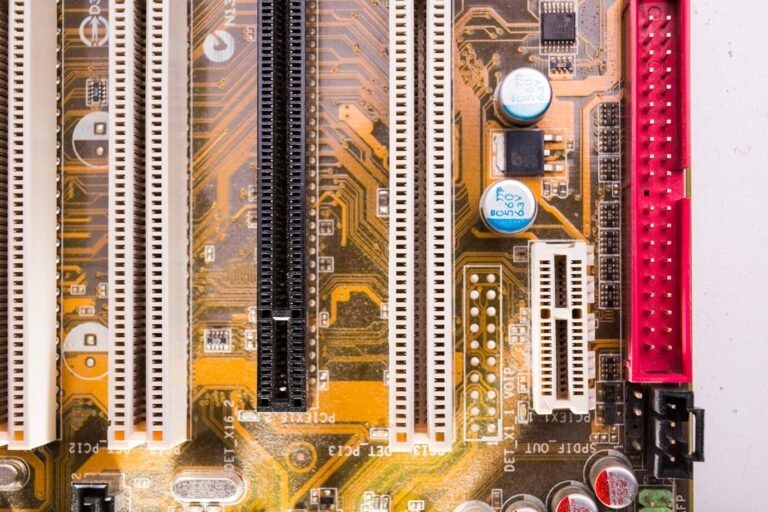
Emulators like PPSSPP pico wiring hyperhdr have revolutionized gaming by allowing users to play PSP games on various platforms. When combined with Pico wiring and HyperHDR, the experience becomes even more immersive. This article explores how these technologies integrate, their benefits, and how to set them up for an enhanced gaming experience.
1. Understanding PPSSPP: The PSP Emulator
PPSSPP is a high-performance PlayStation Portable (PSP) emulator available on multiple platforms, including Windows, Android, and Raspberry Pi. It allows users to play PSP games with improved graphics, faster load times, and customizable controls. The emulator supports high-resolution rendering, texture scaling, and post-processing shaders, making it a favorite among retro gaming enthusiasts.
2. What Is Pico Wiring?
Pico wiring refers to the process of connecting and configuring a Raspberry Pi Pico (a microcontroller) to interface with other hardware components. In the context of emulation, Pico can be used to create custom input devices, such as arcade controllers or LED control systems, enhancing the gaming experience. Its low cost and versatility make it ideal for DIY gaming projects.
3. HyperHDR: Dynamic Lighting for Immersive Gameplay
HyperHDR is an open-source ambient lighting system that syncs with your screen to create dynamic backlighting effects. When used with PPSSPP, HyperHDR can extend on-screen colors to LED strips behind your monitor or TV, making gameplay more immersive. It works by analyzing the screen content in real-time and adjusting the LEDs accordingly, providing a more engaging visual experience.
4. Integrating PPSSPP with Pico Wiring and HyperHDR
Combining PPSSPP with Pico wiring and HyperHDR requires careful setup. First, the Raspberry Pi Pico can be programmed to handle custom controller inputs or trigger lighting effects based on in-game actions. Meanwhile, HyperHDR can be configured to work with PPSSPP’s video output, ensuring that the LED lighting matches the game’s visuals. This setup is perfect for gaming enthusiasts who want a more interactive and visually stunning experience.
5. Step-by-Step Setup Guide
To get started, you’ll need:
-
A working PPSSPP installation
-
A Raspberry Pi Pico with proper wiring
-
HyperHDR installed on your system
-
LED strips (such as WS2812B) for ambient lighting
First, configure PPSSPP to run your favorite PSP games smoothly. Next, program the Pico to act as an input device or LED controller using MicroPython or C++. Finally, set up HyperHDR to capture PPSSPP’s screen output and sync it with your LED setup. Detailed tutorials and community forums can help troubleshoot any issues during installation.
6. Benefits of This Setup
By combining PPSSPP, Pico wiring, and HyperHDR, users can enjoy:
-
Enhanced Visuals: HyperHDR extends colors beyond the screen for a more immersive effect.
-
Custom Controls: Pico allows for unique input configurations, such as arcade sticks or macro buttons.
-
DIY Flexibility: This setup encourages experimentation, letting users modify hardware and software to their liking.
7. Potential Challenges and Solutions
Some users may face issues like input lag, LED desynchronization, or software conflicts. To mitigate these:
-
Ensure PPSSPP is running at optimal settings.
-
Use high-quality USB connections for the Pico to reduce latency.
-
Adjust HyperHDR’s capture settings to avoid delays in lighting response.
Conclusion
The combination of PPSSPP, Pico wiring, and HyperHDR opens up exciting possibilities for retro gaming enthusiasts. Whether you’re looking to enhance visuals with dynamic lighting or build custom controllers, this setup offers endless customization. With the right tools and patience, you can create a truly unique gaming experience.